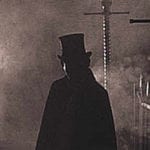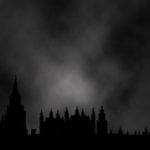 Music
Music  Music
Music  History
History 10 Less Than Jolly Events That Occurred on December 25
 Weird Stuff
Weird Stuff 10 Funny Ways That Researchers Overthink Christmas
 Politics
Politics 10 Political Scandals That Sent Crowds Into the Streets
 Weird Stuff
Weird Stuff Ten Bizarre Facts About The Doge Meme
 Our World
Our World 10 Ways Your Christmas Tree Is More Lit Than You Think
 Movies and TV
Movies and TV The 10 Coolest Stars to Set Sail on The Love Boat
 History
History 10 Things You Didn’t Know About the American National Anthem
 Technology
Technology Top 10 Everyday Tech Buzzwords That Hide a Darker Past
 Humans
Humans 10 Everyday Human Behaviors That Are Actually Survival Instincts
 Music
Music 10 Surprising Origin Stories of Your Favorite Holiday Songs
 History
History 10 Less Than Jolly Events That Occurred on December 25
 Weird Stuff
Weird Stuff 10 Funny Ways That Researchers Overthink Christmas
Who's Behind Listverse?

Jamie Frater
Head Editor
Jamie founded Listverse due to an insatiable desire to share fascinating, obscure, and bizarre facts. He has been a guest speaker on numerous national radio and television stations and is a five time published author.
More About Us Politics
Politics 10 Political Scandals That Sent Crowds Into the Streets
 Weird Stuff
Weird Stuff Ten Bizarre Facts About The Doge Meme
 Our World
Our World 10 Ways Your Christmas Tree Is More Lit Than You Think
 Movies and TV
Movies and TV The 10 Coolest Stars to Set Sail on The Love Boat
 History
History 10 Things You Didn’t Know About the American National Anthem
 Technology
Technology Top 10 Everyday Tech Buzzwords That Hide a Darker Past
 Humans
Humans 10 Everyday Human Behaviors That Are Actually Survival Instincts
10 Men Suspected Of Being Jack The Ripper (Who Probably Weren’t)
Since the first Whitechapel murder 130 years ago, the world has been captivated by the idea of unmasking the monster that is Jack the Ripper. His grisly crimes shocked and disgusted across the globe with their sheer savagery. Unfortunately, it seems that we are no nearer solving this case today than Inspector Abberline was back then.
Indeed, since that time, the pool of suspects has grown alarmingly. At this point, it includes pretty much everyone, from those who probably didn’t do it to those who couldn’t possibly have done it. Here, we look at just a few.
10 H.H. Holmes
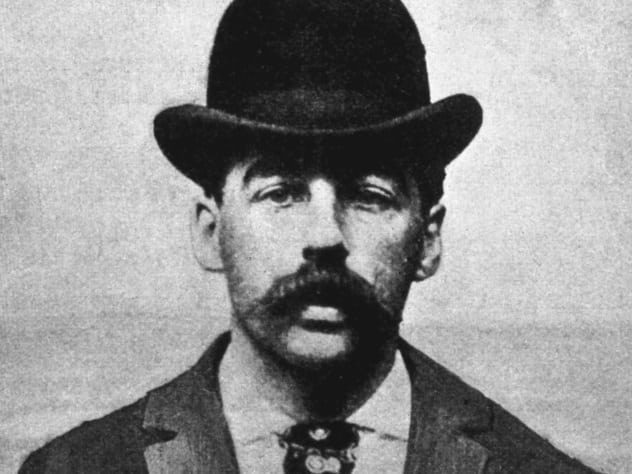
During the 1893 World’s Fair in Chicago, H.H. Holmes ran his “murder castle,” part hotel, part torture chamber. The hotel featured soundproof rooms, secret passages, gas chambers, and incinerators. Holmes would invite lone travelers to stay at the hotel, whereupon he would torture and kill them before dissolving their bodies in acid or burying them in lime pits. It has been suggested that in 1888, Mr. Holmes took a trip to London and would therefore have had the opportunity to commit the Whitechapel murders.[1]
Holmes was certainly depraved enough to have been Jack. However, there has been no evidence to show that Holmes was in London during the period of the Ripper murders—from the death of Mary Ann “Polly” Nichols in August 1888 to November 1888 with the last confirmed victim, Mary Kelly. Also, the modus operandi of the killers were completely different. Mr. Holmes did everything he could to hide the bodies—dissolving them, burying them, or selling them as medical specimens. The Ripper, on the other hand, left his victims prominently on display.
H.H. Holmes was a small-time conman, who, unlike Jack the Ripper, left a trail of evidence behind him. He escaped justice as long as he did because of luck and his habit of moving whenever things began to look difficult. He was also a fantasist who claimed credit for murdering many victims who were later shown to still be alive.
9 Joseph Barnett

Joseph Barnett was Mary Kelly’s lover. However, at the time of Kelly’s death, they had quarreled, and Barnett had moved out of the home where her mutilated body was discovered in November 1888. He was interviewed at the time by Inspector Abberline, the famous Ripper detective, and was ruled out as a suspect.
Later historians, however, put forward the theory that after he lost his job as a fish porter, Mary Kelly began to support them both via prostitution, which Barnett hated. He began to kill prostitutes in order to frighten her into quitting, and when this failed, he killed her in a fit of anger.[2]
Barnett resembled the general physical descriptions of the Ripper, and he acknowledged speaking to Mary on the night of her death. However, witnesses who saw Mary enter her home with the murderer would have known and recognized Mr. Barnett, and though he was interviewed, he was never seriously considered as a suspect. Also, if he had wanted her to stop prostituting herself, there would surely have been easier ways than that?
8 Prince Albert Victor, Duke Of Clarence And Avondale
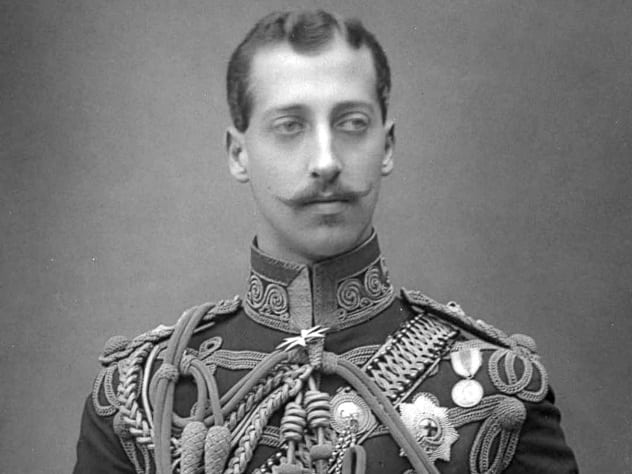
Prince Albert Victor, Queen Victoria’s grandson, had been involved in a number of scandals involving prostitution, and in 1889, it was rumored that the prince was a visitor to 19 Cleveland Street, where a number of high-born gentleman, including earls and dukes, were paying to consort with young boys. Many witnesses were spirited out of the country when the scandal broke, and the prince himself was, somewhat fortuitously, sent on a lengthy tour of the empire and was unavailable for interview.
However, it wasn’t until long after his death that his name became linked to the Whitechapel murder investigation.[3] It was suggested that he carried out the murders after contracting syphilis from a prostitute or that the killings were a conspiracy to cover up his secret marriage to a “shop girl” and the subsequent birth of the prince’s illegitimate child.
There is no evidence to support either theory. No one has been able to produce a marriage certificate or birth certificate, and the only thing that has been established is that Prince Albert Victor was definitely out of the country when some of the murders occurred—probably trying to avoid another scandal.
7 Charles Lechmere
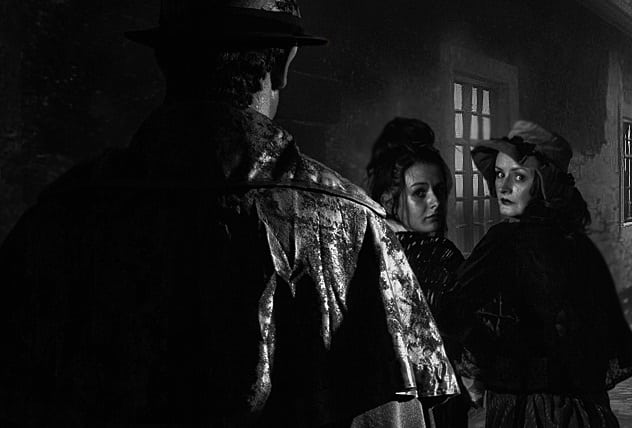
Charles Lechmere (sometimes known as Charles Cross) was a 39-year-old driver for Pickfords meat company when he discovered the body of Polly Nichols lying in an alleyway.
It has been suggested that far from being the first person to find the body, Lechmere was, in fact, the last person to see her alive and that he had just brutally murdered her when another witness came across the scene, and Lechmere was obliged to invent a story to explain his presence there.[4]
However, other than the finding of the body, there is little to suggest that he might be the murderer. The most suspicious thing about him seems to have been the fact that he used more than one name, but that appears to have been common at this time. “Cross” was the name of his stepfather. The second witness arrived only moments after Lechmere, and he testified that the woman was still breathing, “though faintly,” when he saw her. This being so, it is doubtful that Lechmere would have had time to commit the murder, clean himself up, and hide the weapon before being discovered.
6 Frederick Bailey Deeming
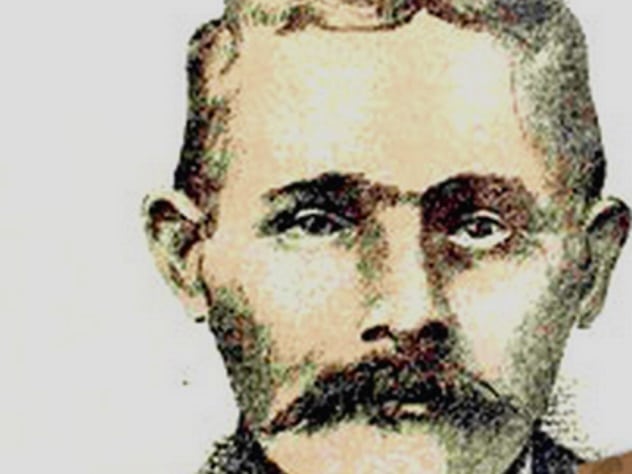
Frederick Deeming was said to be extremely close to his mother. After she died, Deeming got a job as a sailor, contracted an illness, and suffered delusions that his mother’s spirit was giving him instructions to commit strange and violent acts—including the murder of two wives and four of his children.
After the murder of his first wife and his children in Liverpool, Deeming moved to Australia, where his second wife also died. At the time of his arrest, he had proposed to another woman, who no doubt considered herself lucky to have escaped him.
The Whitechapel murders occurred in a port district, and therefore, he may have been familiar with the area. Deeming also admitted at one time to contracting syphilis from a Whitechapel prostitute, saying that he would have killed her if he’d had the chance. He reportedly confessed to being Jack before his execution. However, it is now believed that the confession was made to delay the hanging with the hope he would be extradited home.[5]
It has not been possible to say definitively whether Deeming was in London during the crucial period, but there is some evidence that he was, in fact, in South Africa taking part in a diamond swindle at the time.
5 Lewis Carroll
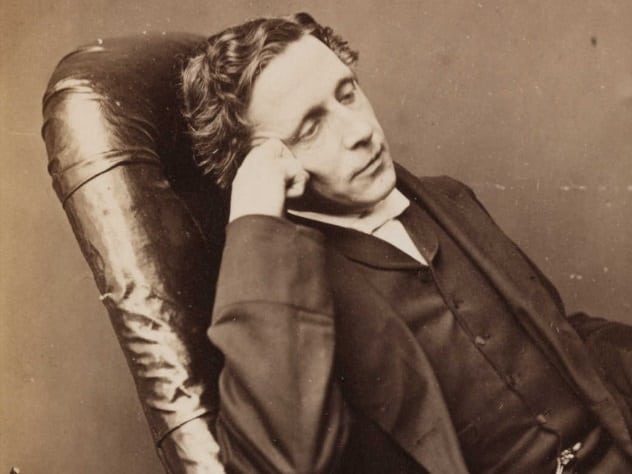
One of the more outlandish theories surrounding the Whitechapel murders was that Lewis Carroll, the mild-mannered Oxford don who wrote Alice in Wonderland, was, in fact, Jack the Ripper.
It has been claimed that Carroll was the victim of a sexual assault as a child, had a mental breakdown, and became consumed with the idea of taking revenge on society. There is some evidence for this—apparently, Carroll wrote in a diary every day using purple ink, but on the days of the Whitechapel killings, he switched to black ink. Sounds compelling.
Not only that, but apparently, some of Carroll’s poems, particularly the nonsense rhyme “Jabberwocky,” indicate a psychotic nature.[6] (The poem was published 17 years before the first murder).
Most damning of all was the fact that if you unscramble random sentences from his works, you can sometimes turn them into anagrams of something that Jack the Ripper might possibly have said. Of course, you can do that with just about any other book in the English language.
4 Aaron Kosminski

Aaron Kosminski was a much more likely prospect. He was named as a suspect at the time of the murders, though there was never enough evidence to charge him. Kosminski knew the area and “had a great hatred of women . . . with strong homicidal tendencies.”
His was also a barber. And he was Jewish. After the murders of Catherine Eddowes and Elizabeth Stride, some graffiti had allegedly been found at Goulston Street which suggested the Ripper might be Jewish, too. However, the message, if it was ever there, was soon washed off, and its authenticity has been disputed ever since.
Kosminski’s name was brought up again when a shawl, allegedly belonging to Eddowes, was said to have had traces of semen that might have belonged to the killer. Or not.
The shawl had, apparently, been stolen from the scene by a police officer as a gift for his wife, although it never appeared in the inventory of Eddowes’s belongings. The officer’s wife never wore it (I wonder why), and it was handed down through the generations, untouched and unwashed, until it was sold at auction, none of which is proof.[7]
DNA that was taken from the shawl in 2014 is claimed to belong to Kosminski but has not been made public. It can’t be proven that the shawl actually belonged to Eddowes, of course.
3 Francis Craig
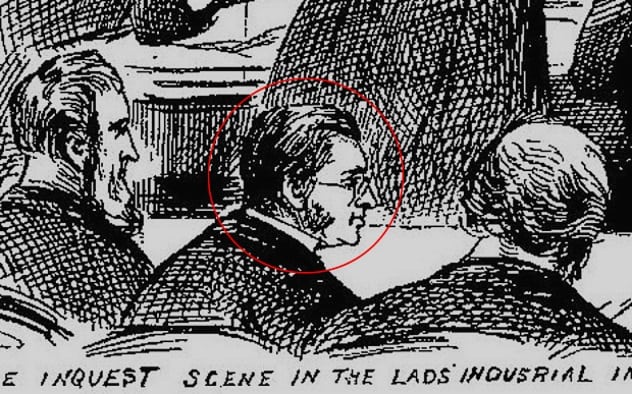
Francis Craig was a journalist living in the East End of London. He had gotten himself into trouble a few years earlier when it was discovered that his reports were cribbed from those of a rival newspaper, and he was exposed as a plagiarist.[8]
Despite this, he married Elizabeth Weston Davies, who turned out to be a prostitute, of which Craig claimed to be unaware. His wife later left him and changed her name to . . . Mary Kelly. It has been alleged that Craig tracked her down and killed her. If true, it is unclear why he also felt the need to kill the other victims.
The theory was given added weight by the manner of his own death. Craig cut his throat with a razor, leaving a note which read: “I have suffered a deal of pain and agony,” which suggests a mind tormented with guilt and remorse. However, Craig did not die until 1903, some 15 years after Mary’s death.
2 William Henry Bury
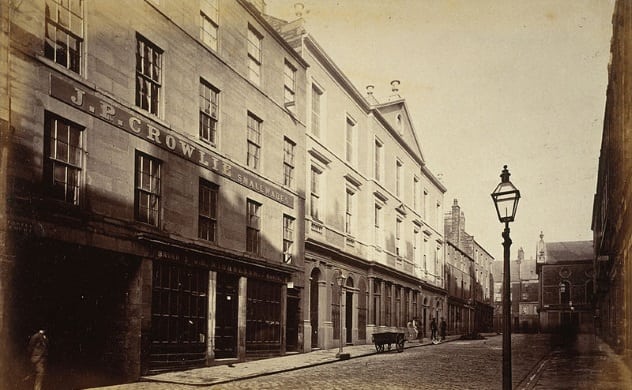
In 1889, William Henry Bury walked into a police station in Dundee, Scotland, and said, “If you go along to my house in Princes Street, you’ll find the body of a woman packed in a box and cut up.”[9] Officers searched the property, which the couple had occupied since moving from London, and found Ellen Bury, who had been strangled and stabbed ten times. A long-bladed knife and a length of rope were left next to the box.
Bury said that he had been out drinking, and when he woke up the next morning, he found her dead on the floor, strangled with the rope. Not knowing if he had committed the crime or not, he was terrified that he would be accused of being Jack the Ripper, so he seized the knife and plunged it into her abdomen. How that helped isn’t clear. He then hid the body in the trunk and immediately handed himself in.
At the trial, two doctors determined that Ellen had been murdered by strangulation, with the stab wounds being inflicted postmortem. The third doctor concluded that Ellen had taken her own life.
Bury’s hangman tried to obtain a confession that Bury was also Jack the Ripper, without success.
1 Walter Sickert
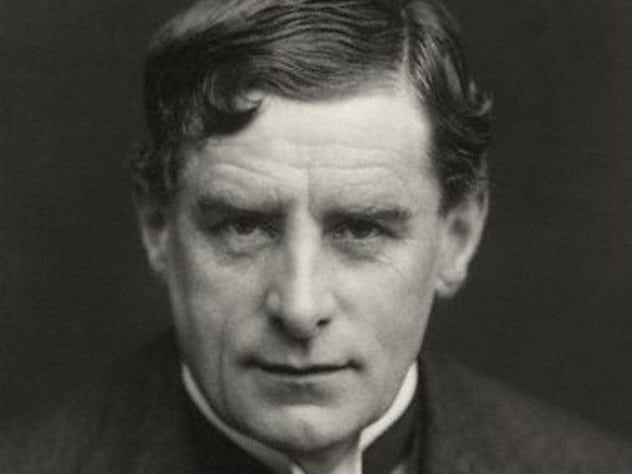
Suspicion fell on Walter Sickert, the celebrated artist, because his paintings bear a resemblance to postmortem pictures taken of the Whitechapel victims. Sickert does seem to have made a habit of painting subjects from the more salacious parts of London.
Other than the paintings, there seems little to tie Sickert to the crimes. Unsuccessful attempts were made to match DNA from Sickert’s possessions to the letters written by the Ripper. In any case, there is no evidence that the author of the letters actually was the Ripper. The stationery used to write the letters contained, in some cases, the same watermark as Sickert’s own stationery, but it was a popular brand and would have been easy to acquire.[10]
No other evidence appears to link Sickert to the killings, despite the efforts of several historians and authors to find some. It is also certain that Sickert spent at least some of the relevant parts of 1888 in France.
It is increasingly unlikely that the identity of the Jack the Ripper will ever be known, not least because the pool of suspects gets wider every year, and the integrity of the evidence has been damaged by the vast numbers of amateur sleuths who claim to have discovered the real identity of the murderer and have imagined, extrapolated, or outright fabricated evidence to support their theories.
Ward Hazell is a writer who travels and an occasional travel writer.
Read more about Jack the Ripper on 10 Little-Known Murders Attributed To Jack The Ripper and Top 10 Interesting Jack The Ripper Suspects.
